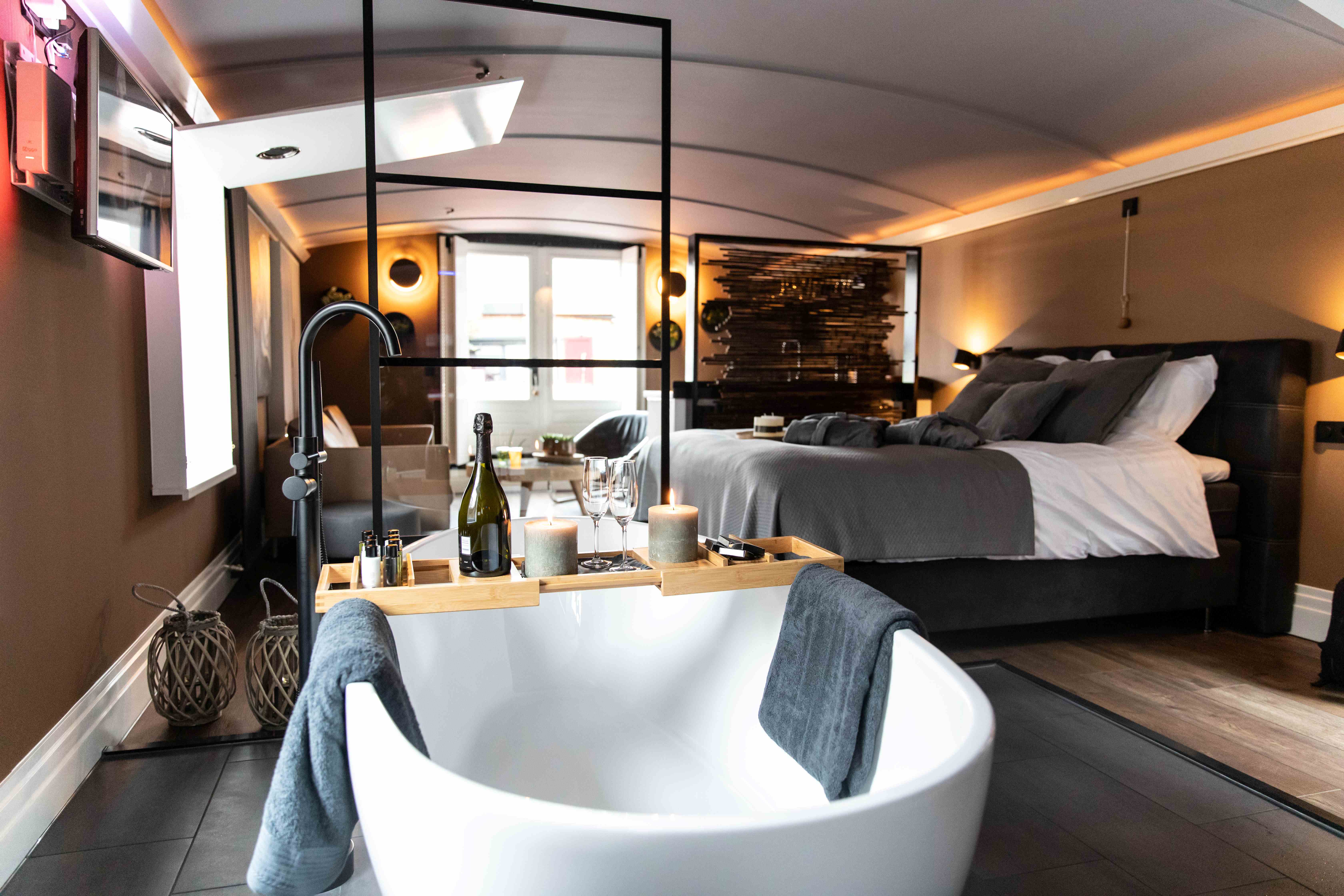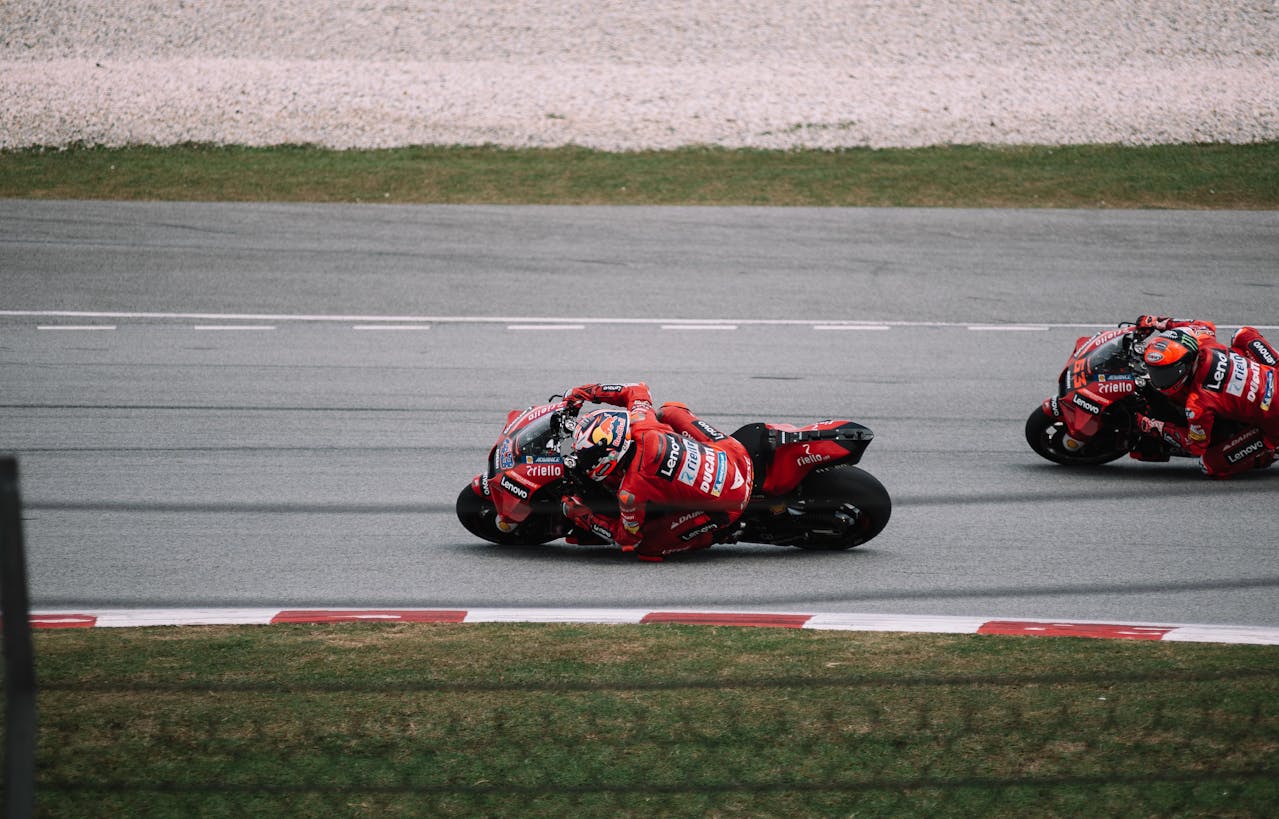
A bit of history
Zuiderdiep, often simply referred to as Zuiderdiep or Suderdaip in Gronings, is a street in Groningen. Originally, the Zuiderdiep constituted the southern part of Groningen's city canals.
The oldest canal was likely dug around 1265 and extended to the Kattendiep in the east. Both canals were gradually filled in during the 16th century. In 1612, Garwer Peters designed a new canal called 'Kattendiep.' Construction began between 1612 and 1614 in preparation for the city's major expansion. The western section, between canal A (Reitemakersrijge) and Haddingestraat, was completed at that time. It wasn't until 1637 that the canal was finished, and the western part was named Zuiderdiep.
In 1880, part of the Zuiderdiep was filled in after the excavation of the Verbindingskanaal. Only the westernmost section near Reitemakersrijge remained until 1954 before it, too, was filled in.
Today
Nowadays, the name Zuiderdiep refers to the street between Oosterstraat and Munnekeholm. The extension on the west side is now known as Reitemakersrijge, and on the east side, Zuiderdiep transitions into Gedempte Kattendiep.
What to expect when you visit Zuiderdiep?
Zuiderdiep served various purposes, such as a marketplace, a bus station for regional transport (from 1930 to 1953), and a traffic artery. Since the implementation of the Traffic Circulation Plan Groningen in 1977, Zuiderdiep is no longer a through route. To prevent any future changes, the new building of the Academie Minerva was intentionally placed beyond the building line by order of the city council, permanently blocking the possibility of a future thoroughfare.
The buildings
Noteworthy Buildings Until 1993, the headquarters of the Nieuwsblad van het Noorden stood on Zuiderdiep. The newspaper, now the Dagblad van het Noorden, relocated to the Winschoterdiep industrial area. The Jugendstil building of the newspaper has been preserved.
Also remarkable is the former office for the Dienst Gemeentewerken, designed by architect Siebe Jan Bouma (1899-1959) in the Amsterdamse School style. The roof on the side facing Gedempte Zuiderdiep is heavily inclined, with nearly vertical roof tiles. The architect emphasized the corner by adding a pronounced curve. The facade on Ubbo Emmiusstraat is distinctive with adjacent ribs and tall, narrow windows. Construction began in 1925 and was completed in 1928.
There are many places where you can book a room or apartment around the Zuiderdiep.



.png)
